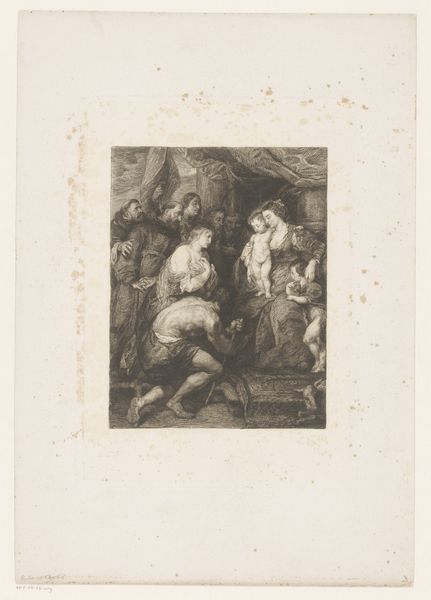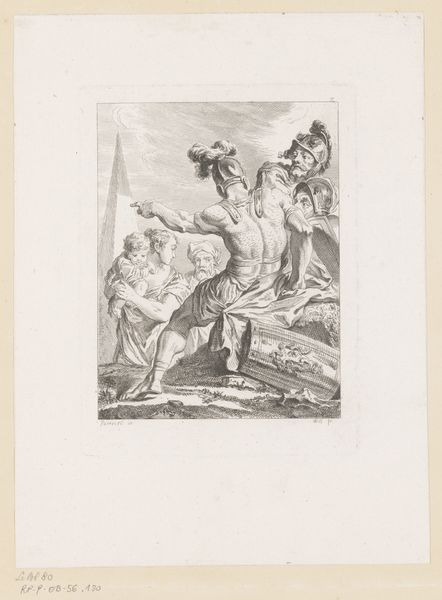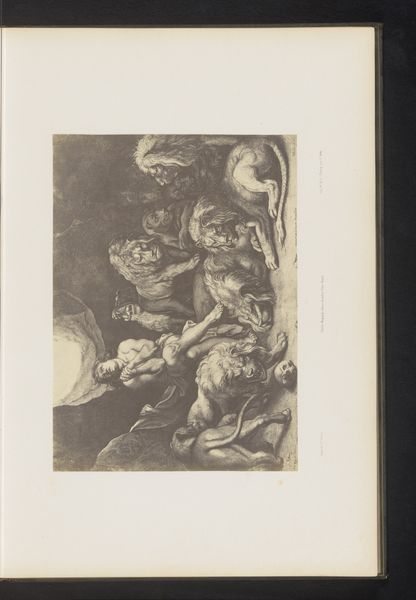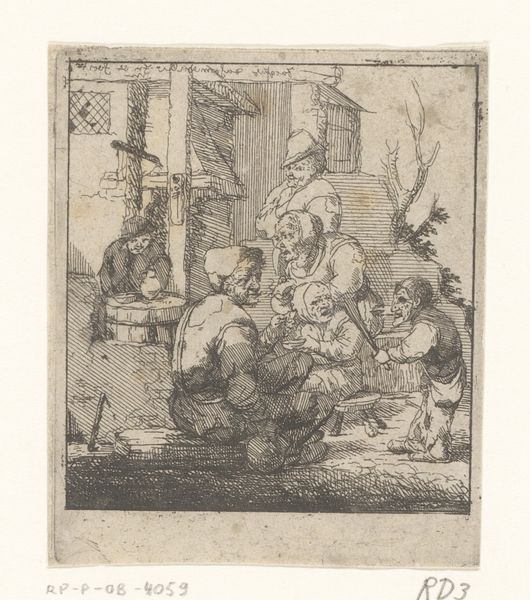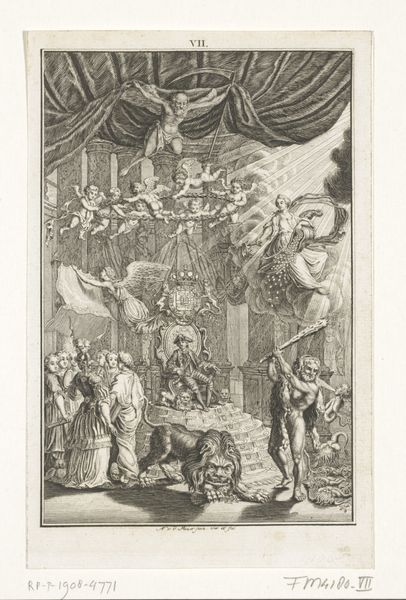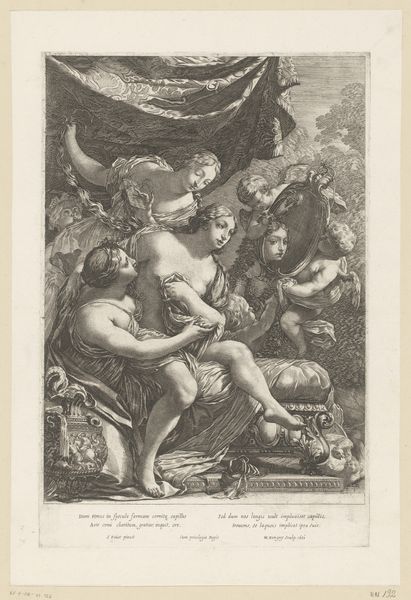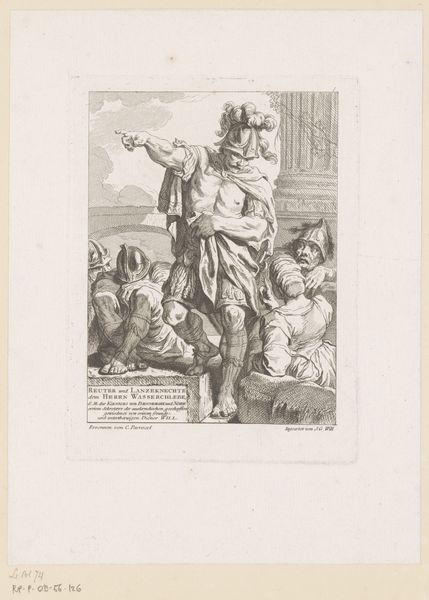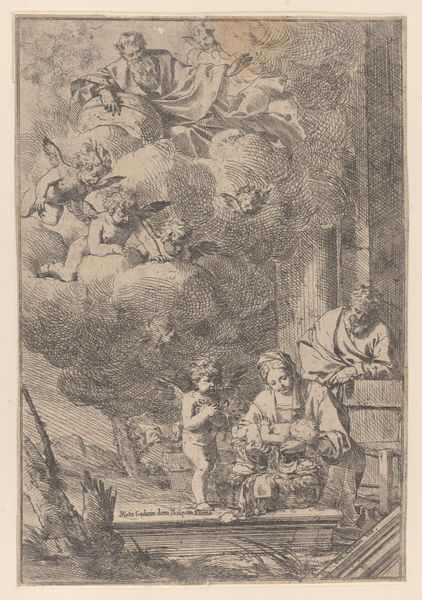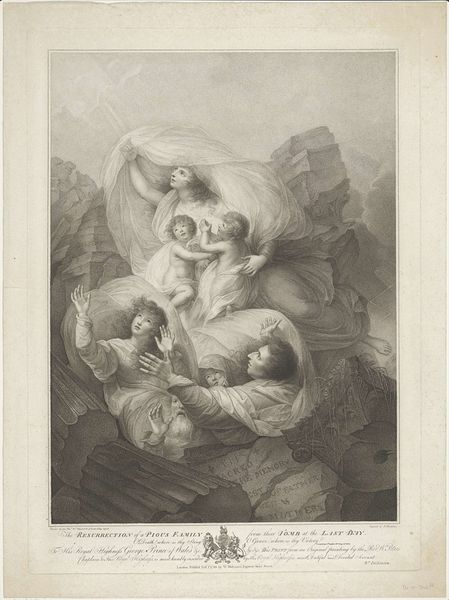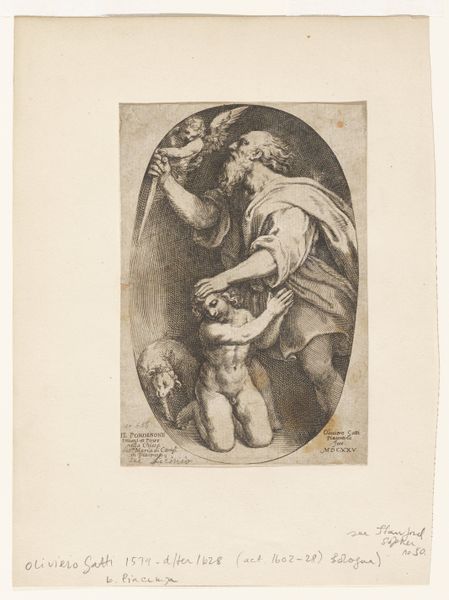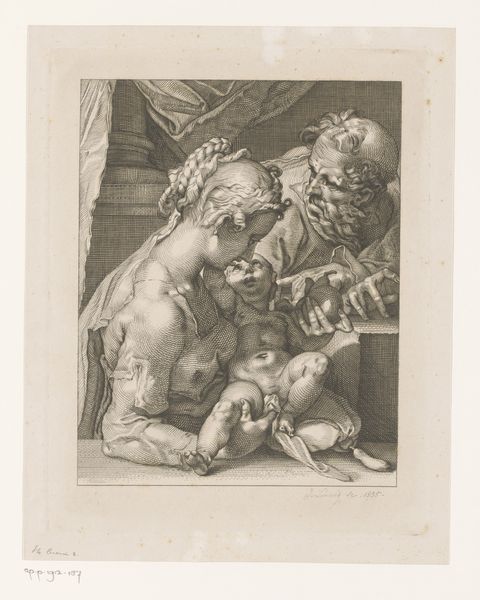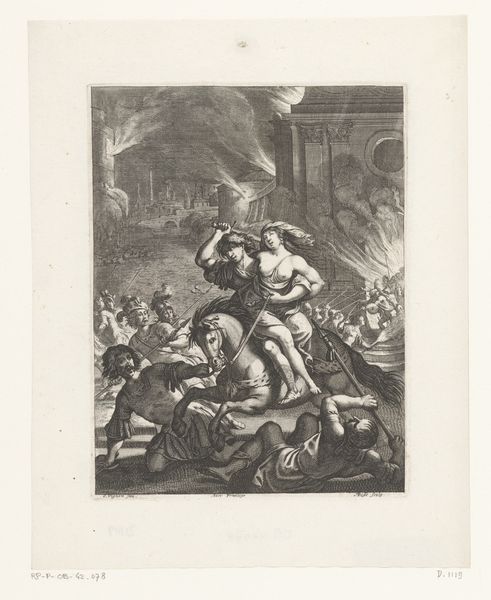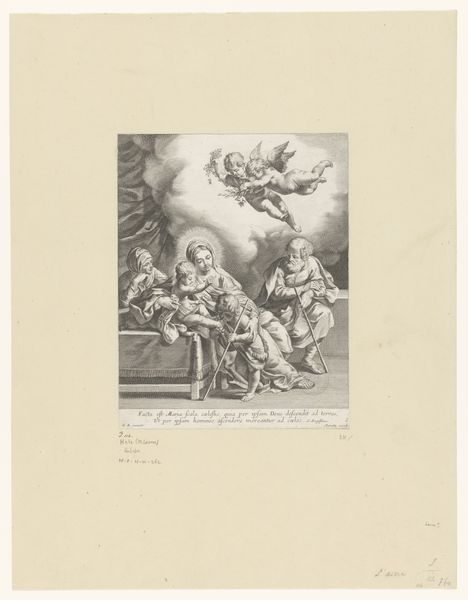
print, engraving
#
narrative-art
#
baroque
# print
#
old engraving style
#
figuration
#
history-painting
#
engraving
Dimensions: height 194 mm, width 144 mm
Copyright: Rijks Museum: Open Domain
Curator: Abraham Bosse created this engraving in 1639. The title translates to "Marcellin Surprised by the Beauty of Ariane in her Bath." It's currently held at the Rijksmuseum. What are your first impressions? Editor: Well, visually it’s immediately striking how crisp and detailed the engraving is. The tonal range Bosse achieves is really remarkable, especially when you think about the repetitive labor needed to create a scene with so much detail out of physical metal. Curator: Absolutely. When considering the cultural and social context of 17th-century art, we must consider the male gaze, which heavily influenced the art of this time. Note how Ariane’s body, partially exposed in her bath, is clearly presented for the viewer’s and Marcellin's voyeuristic enjoyment. It evokes many different questions of what exactly Bosse is portraying here. Editor: It’s interesting that you bring up gaze. It really gets me thinking about the division of labor here and class dynamics as well. Like, whose bodies were exploited, not only in terms of subject matter but actually within the system that made the piece a reality? Did the artisanal skills that he employed elevate his class status or merely serve as a way to perpetuate an existing hierarchy? Curator: Exactly. And within the story being told, the depiction of Arianne within the space feels telling. Consider how the bathing ritual itself becomes a symbol of vulnerability and objectification within a society that values chastity. Her position in relation to the male figure also presents important narrative power dynamics. Editor: And that relates to material too, in the sense of ink distribution being a form of value judgment. Note how those soft gradients of shadows are laid specifically. There's an element of choice—and maybe the only area for personal authorship or interpretation—within a largely determined mode of material and production. Curator: These are precisely the threads that make examining this piece so rich. It becomes a vehicle for deconstructing not only a visual story, but also the cultural power dynamics inherent within its time. Editor: Thinking about the craft of this etching allows us to view this piece from both sides: considering its impact on the status quo and offering a lens for those excluded by history. Thank you for lending a fresh perspective on Abraham Bosse’s work. Curator: Thank you, I appreciate the analysis on the technical materiality of the etching in its historical and labor context. It enhances the understanding of both the artistry and underlying historical structures embedded within.
Comments
No comments
Be the first to comment and join the conversation on the ultimate creative platform.
